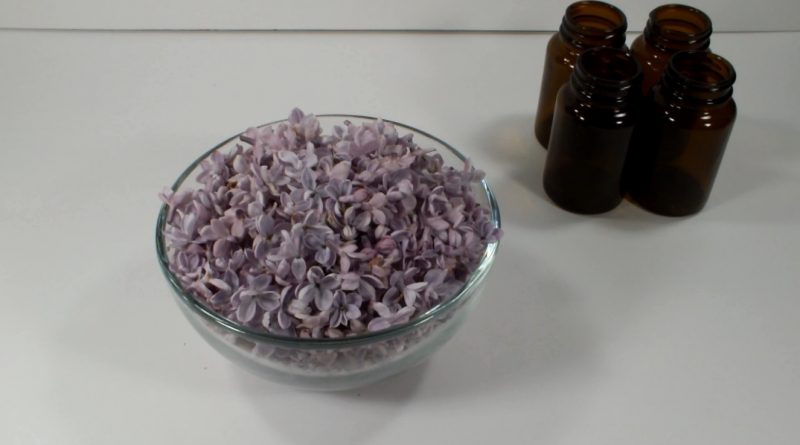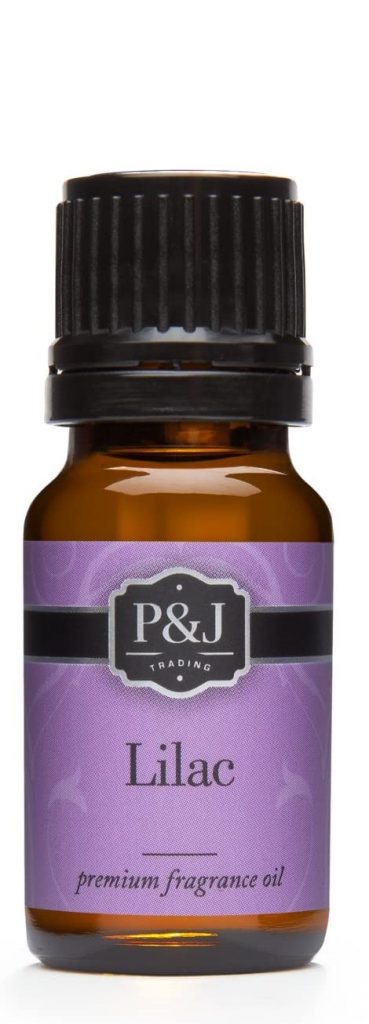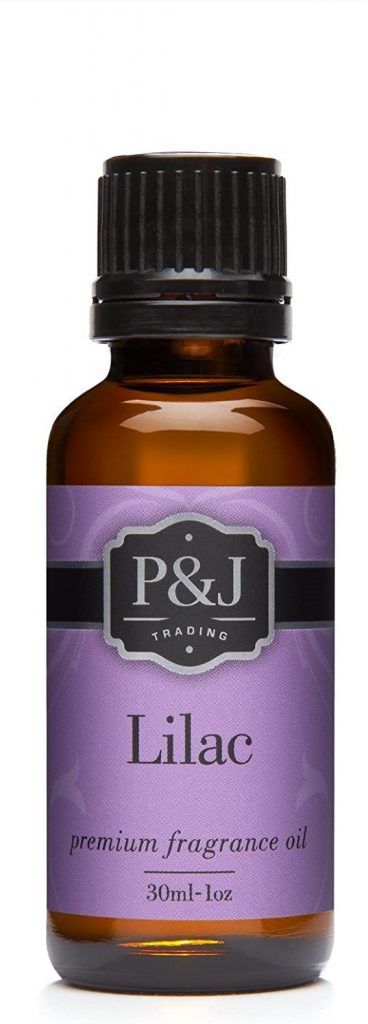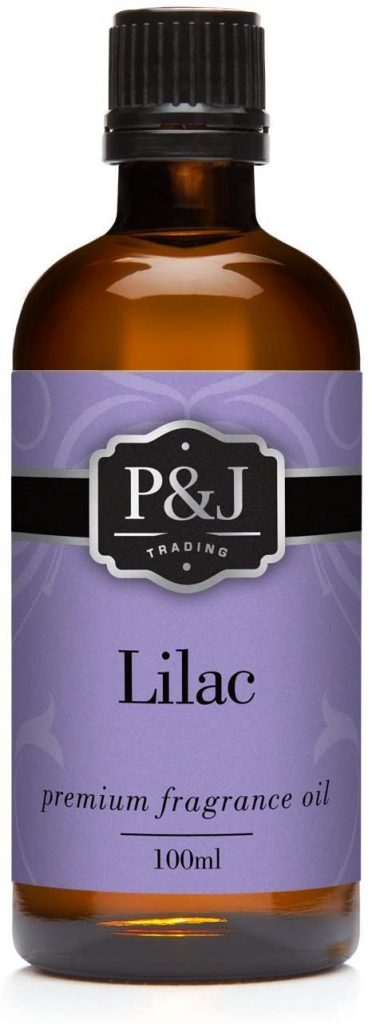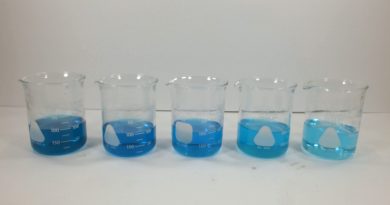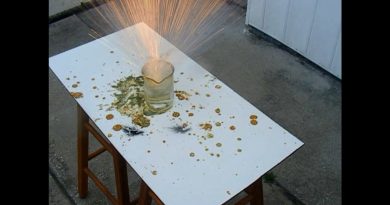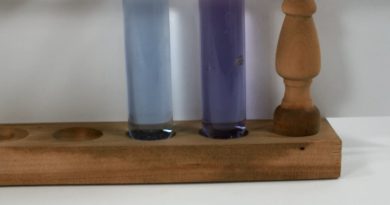Extraction of Lilac Essence
The aroma of lilac flowers is one of my personal favorites in the springtime, and I wanted to try and capture the scent and use it in some sort of homemade odor-emitting thing. Maybe a candle, maybe some sort of spray. A few years back, I tried a steam distillation (which works great on lavender flowers, by the way). It was a total failure and smelled horrible. After some research and a few years to think about it, I’m back to try again!
This year, I’m trying a room temperature technique because the volatiles in the lilac fragrance are incredibly heat sensitive. I did some research and found that people had the most success with oil infusions. In the HausLab spirit, I selected some neutral oils that I already have in stock as the base. Jojoba oil was the most recommended, because it is naturally resistant to spoilage, but I didn’t have enough of it (and it’s expensive!) I selected grapeseed oil, safflower oil, and avocado oil. I also wanted to try making a tincture, so I used 70% ethyl rubbing alcohol, too.
I gathered a paper grocery bag full of flowers, and then painstakingly cut off just the petals. Leaving out the extra sticks and leaves may have been overkill, but I wanted to concentrate as much of the good-smelling bits as possible, since I was only doing a small scale test. The plan was to leave them marinate for 2-3 days, then strain out the solids and enjoy the fresh lilac scent. I left them a week.
To say that they smelled bad would be an understatement. They weren’t quite as vile as the steam distillation residue, but there was nothing pleasant about any of them! Each of the oil-based concoctions appeared to have been under some pressure, as if a gas had been generated. This would be most likely indicative of some fermentation. I did observe that there was some moisture in the oil, probably from the flowers that had been rained on for a week, and wet oils tend to go rancid. All in all, this experiment was a total failure.
Some further research showed that the only “successful” method for extracting the essential oil of lilac flowers uses supercritical carbon dioxide as the solvent. Such extracts are extraordinarily expensive; at the time of this writing, about $100 per milliliter. Or you could buy 10 milliliters of the artificial stuff for under $5 on Amazon. And if you’d like to donate a whole 14¢ to HausLab, you can follow this affiliate link when you buy it!
Or get the big one… 100 milliliters for less than $20!! (at the time of this writing) Be sure to follow the affiliate link, because every 50¢ helps make better HausLab content!
I’m all for using natural products whenever possible, and I did complete a successful steam distillation of orange zest in college. The spent peel was definitely vile smelling, but there was a few milliliters of essential orange oil at the other end. I’ve heard that steam distilling lavender flowers is also rather simple. In any case, I’m going to leave the lilacs to the fragrance chemists and go enjoy some more lilac water!

